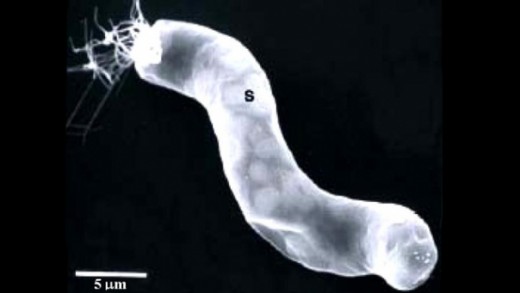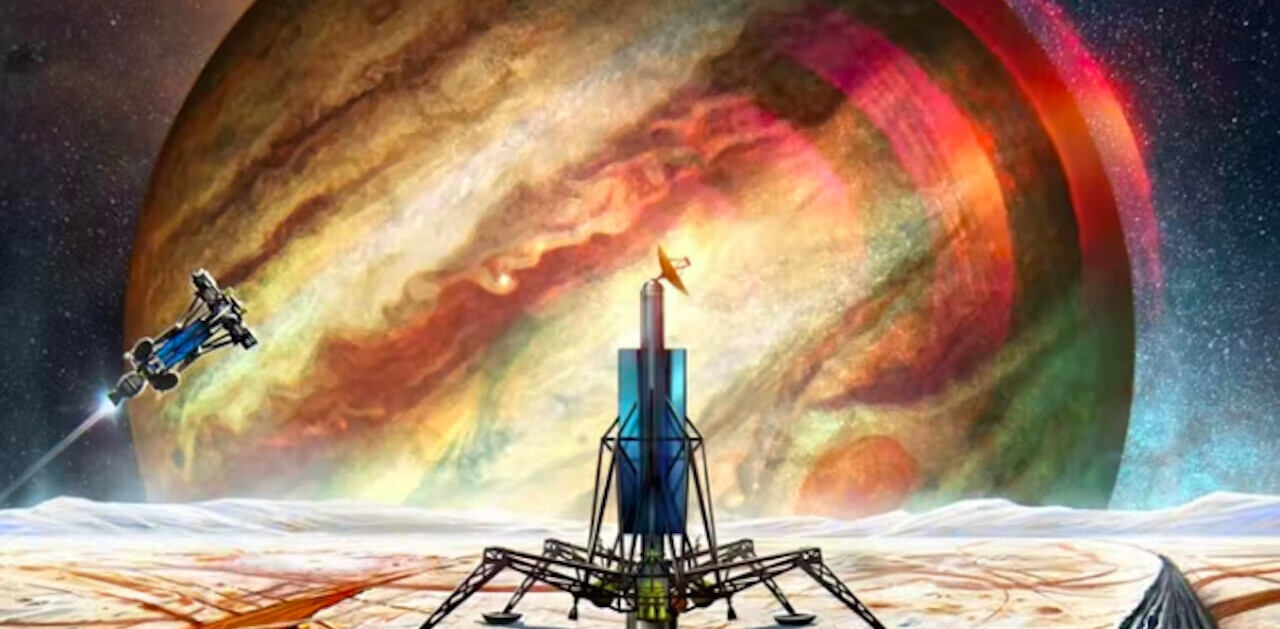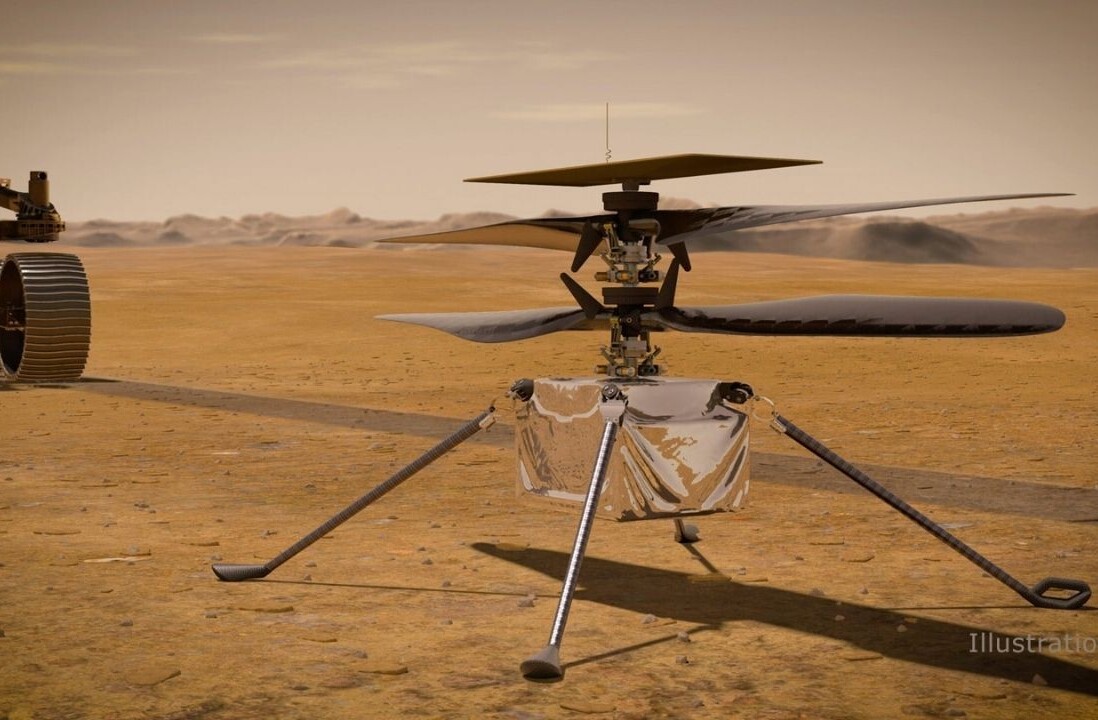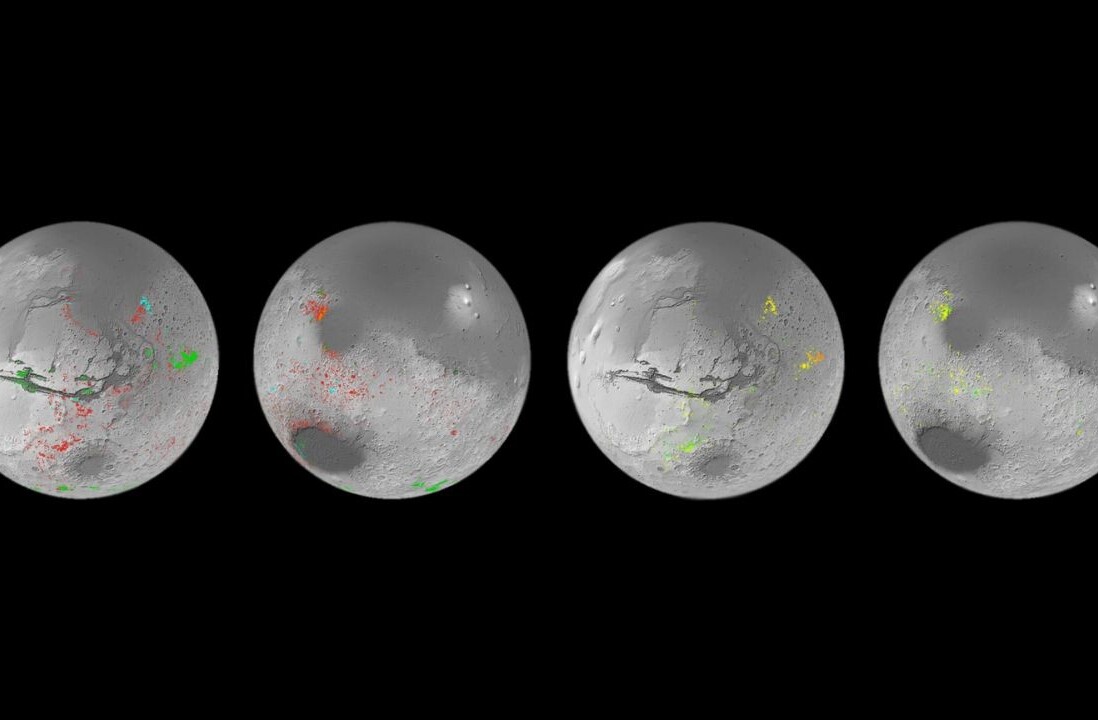
Aliens exist! We are not alone! According to Dr. Richard B. Hoover, an astrobiologist at NASA’s Marshall Space Flight Center.
Hoover found fossils of bacteria in a rare type of meteorite called CI1 carbonaceous chondrites, of which there are 9 on the planet. After breaking apart the CI1 meteorite, he used 2 high powered microscopes to find fossils of micro-organisms, which he says are strikingly similar to those found on our own planet.
“I interpret it as indicating that life is more broadly distributed than restricted strictly to the planet Earth,” Hoover, who has spent more than 10 years studying meteorites around the world, told FoxNews.com in an interview. “This field of study has just barely been touched — because quite frankly, a great many scientist would say that this is impossible.”
“The exciting thing is that they are in many cases recognizable and can be associated very closely with the generic species here on earth,” said Hoover. Some of the fossils, however, are quite odd. “There are some that are just very strange and don’t look like anything that I’ve been able to identify, and I’ve shown them to many other experts that have also come up stump.” -Dr. Richard B. Hoover
Unless the bacterium hopped on a space shuttle and disembarked somewhere north of the atmosphere, then made its way back on a falling meteorite, Hoover’s find is likely conclusive evidence of alien life.

Hoover published his findings Friday night in the Journal of Cosmology, a peer-reviewed scientific journal led by EIC Rudolf Schild, Ph.D. for the Center for Astrophysics at the Harvard-Smithsonian in
Cambridge, MA.
“No other paper in the history of science has undergone such a thorough vetting, and never before in the history of science has the scientific community been given the opportunity to critically analyze an important research paper before it is published.” -Astrophysics scientist Dr. Rudy Schild
Given the controversial nature of his discovery, Harvard-Smithsonian Center has invited 100 experts and has issued a general invitation to over 5,000 scientists from the scientific community to review the paper and to offer their critical analysis.
Get the TNW newsletter
Get the most important tech news in your inbox each week.




